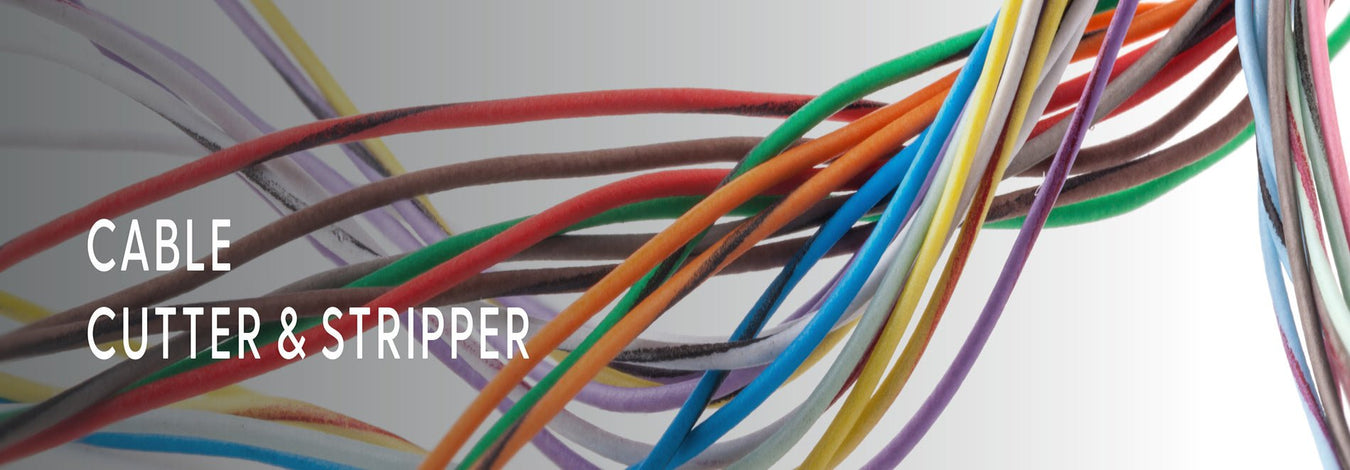
Can I Use PEX B for Hot Water?
PEX is a short form for Cross-Linked Polyethylene. It has gained popularity in both the residential and commercial markets and is steadily replacing copper in most plumbing applications. There are three types of PEX tubing based on the manufacturing process, and the PEX B type is the most common. It’s manufactured using the silane method or the moisture-cure method, which entails grafting a reactive silane molecule to the polyethylene.
PEX B tubing uses an insert-style fitting, and a PEX crimping tool is used to fasten the crimp rings on the tubing to create connections. This makes it one of the easiest types of PEX pipes to install. Although PEX B tubing is not as flexible as PEX A tubing, its flexibility is great. It also easily expands to resist cracking when water freezes.
One of the concerns of homeowners or property owners when transitioning from old plumbing material to new materials in the market, such as PEX, is whether PEX B tubing is suitable for hot water plumbing applications. That’s exactly what this post addresses.
Using PEX B for Hot Water
Can you use PEX B for hot water? Yes, PEX B is used for hot water in most plumbing systems. It doesn’t melt, and its thermal-resistant level is great. Generally, PEX tubing can withstand the high and low temperatures in typical plumbing and heating applications.
PEX B tubing can operate at a maximum temperature of 200 degrees Fahrenheit (93 degrees Celsius) on a pressure of 80 psi. Using PEX B tubing or any other form of PEX in a high-temperature application that exceeds the above-stated rating can easily affect the tubing's life and long-term performance.
Usually, all types of PEX tubing are marked with temperature limitations on the print line, and one needs to check that before installing PEX B pipes for hot water applications.
Read more: What Do PEX Colors Mean?
Why Use PEX B for Hot Water Plumbing Application
1. Cost-effectiveness
One significant advantage of PEX B tubing over plumbing tubing, such as copper and PEX A tubing, is affordability. Also, installing this type of tubing is not labor intensive, and a single PEX crimping tool, such as the iCrimp IWS-FAS PEX Crimper, can work with PEX pipes of various gauges (3/8 to 1-inch crimp rings). Overall, choosing a PEX B tubing is a cost-effective option compared to most other types of tubing used in hot water applications.
2. Ease of installation
As outlined above, installing PEX B pipes is not time-consuming and doesn’t require an extremely high level of expertise/skills. Someone knowledgeable on how to use a crimping tool can easily make secure and water-tight PEX B connections. Also, PEX B tubing is flexible enough to allow easy installation around corners or tight spaces. Above all, you don’t have to worry about processes such as soldering, which require expertise and are time-consuming.
3. Resistance to corrosion and scale build-up
PEX B pipes are resistant to corrosion and scale build-up, thus making them reliable in the long run in a hot water system.
Conclusion
PEX B tubing can be used in hot water applications, especially in residential buildings. However, before installing this type of tubing, consider looking at the local plumbing codes and regulations to ensure compliance. Also, engage experienced professional plumbers who understand PEX tubing. More importantly, always check whether the PEX tubing you choose is rated for hot water application and the limitations.
Lastly, consider using the right tools when working with PEX pipes. iCrimp is your go-to platform for all PEX tools, from pipe cutters and PEX pressing tools to PEX crimpers.
References





